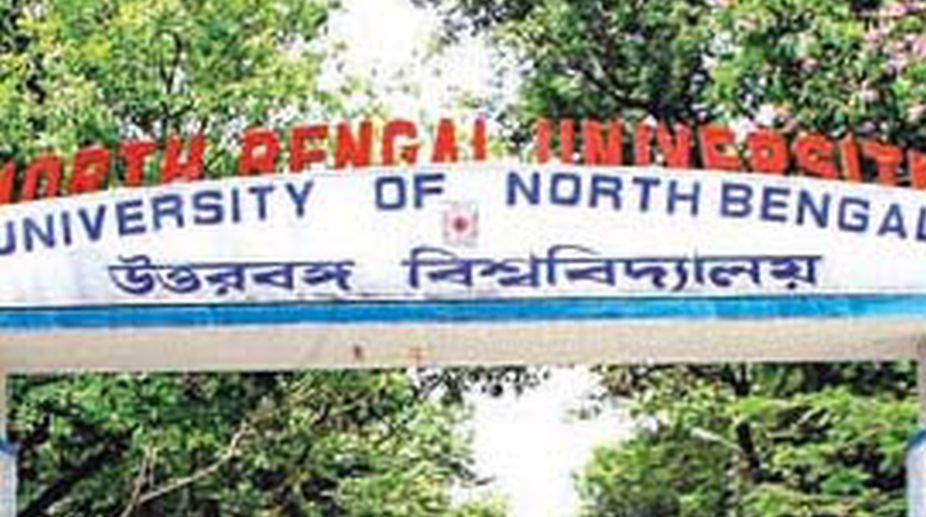Former CM Buddhadeb rejects Padma Bhushan
"I don't know anything about a Padma Bhushan award. No one told me anything about it. If they have given me a Padma Bhushan award. I am rejecting it," he said in a brief statement in Bengali.

North Bengal University
A small modest building detached from the rest of the structures that dot the sprawling campus at the North Bengal University (NBU) by all means catches the eye of any visitor.
However, people often tend to look the other way as they approach the two-storey set-up that houses the Akshaya Kumar Maitreya Heritage Museum, a place that is a repository of the rich North- Eastern historical and cultural heritage.
As if the vintage charm, the treasure trove lying inside is not enough to attract someone, people, even those in north Bengal, remain unaware of such a museum existing there.
Advertisement
The museum, named after the renowned Indian historian, was set up at the NBU long back in February 1962. From February 1965 onwards, the museum was open only to those who expressed genuine interest in historical research and artefacts.
However, it was opened to the general public on 28 December 2006 after it was shifted to the new building which was inaugurated by former Bengal chief minister, Buddhadeb Bhattacharya.
Walking inside feels like walking into a silent valley, with lavish greenery surrounding the entire expanse and vibrant flowers lined up along the entrance.
Inside, the surrounding walls are pencilled with picturesque Indian artwork that narrates Indian fables from ancestral times, while they seem to take visitors on a visual mythological ride.
“The artefacts here are pretty old. Some date back to the 11th or 12th century. They’ve all been either donated by generous contributors or retrieved by the Central Excise and Customs department,” says Fazlur Rahman, the Director and Technical Assistant of the museum.
There are five galleries in total, comprising a diverse range of artefacts- from ancient sculptures to folk art. The first gallery is a rotunda consisting of a diverse range of primeval stone, bronze and wooden sculptures of Hindu deities. The sculptures are mostly carved out of black basalt.
The adjacent room is dedicated to striking terracotta objects, and a series of medieval plaques of early Maurya/Sunga dynasties show their special characteristics.
From terracotta images of the Sunga period to rare sets of bricks, pottery and pottery shreds, the place is meant to be an eye candy for visitors. The moment one steps inside the gallery and on the first floor above, one is greeted with an enormous collection of manuscripts and vintage coins, including a few foreign currency notes.
The long thread of fumigated glass (to preserve the longevity of the manuscripts) contains numerous Sanskrit, Bengali and Tibetan manuscripts, mostly written on handmade paper. The coins presumably date back to as early as the Kushana period.
In the final room, segregated into two galleries, is where the uniquely miscellaneous objects have been stored. One can find one’s eyes trailing throughout the entire room far and wide.
An array of wooden masks widely used in folk dramas is laid out, followed by copious musical instruments of the North, such as the Sarinda, Ek Tara and Kupa Bansi (flute).
Another fascinating treat for the eyes in this room includes ancient weaponry, including the sword of a Mughal chieftain. Pata-Chitra (scroll painting) and Nakshi Kantha (embroidered quilts) resting at a secluded corner represent the old Bengali art traditions from the past.
“We are open the entire week, except for Mondays, but we only have about 2-3 visitors for these days at the most, that too mainly tourists or students,” Mr Rahman lamented. Seemingly, a majority of the local populace remains unaware of the museum that stands right in the heart of the NBU campus like an undervalued gem.
“Our professed ideal is to decorate the great glorious past of North Bengal with the help of archaeological and historical pieces of evidence. In the absence of good history, the perception of North Bengal’s hoary past is skewed,” Ananda Gopal Gosh, the Secretary of the museum, said.
Advertisement